Electric Bike Buying Guide | Which E-bike should I buy?
Electric bikes are slowly but surely taking over the cycling world, so much so that there are now electric variations of every single type of bike – from commuting machines to flashy, aerodynamic road bikes. But which type do you go for? And how big a motor and battery are you going to need?
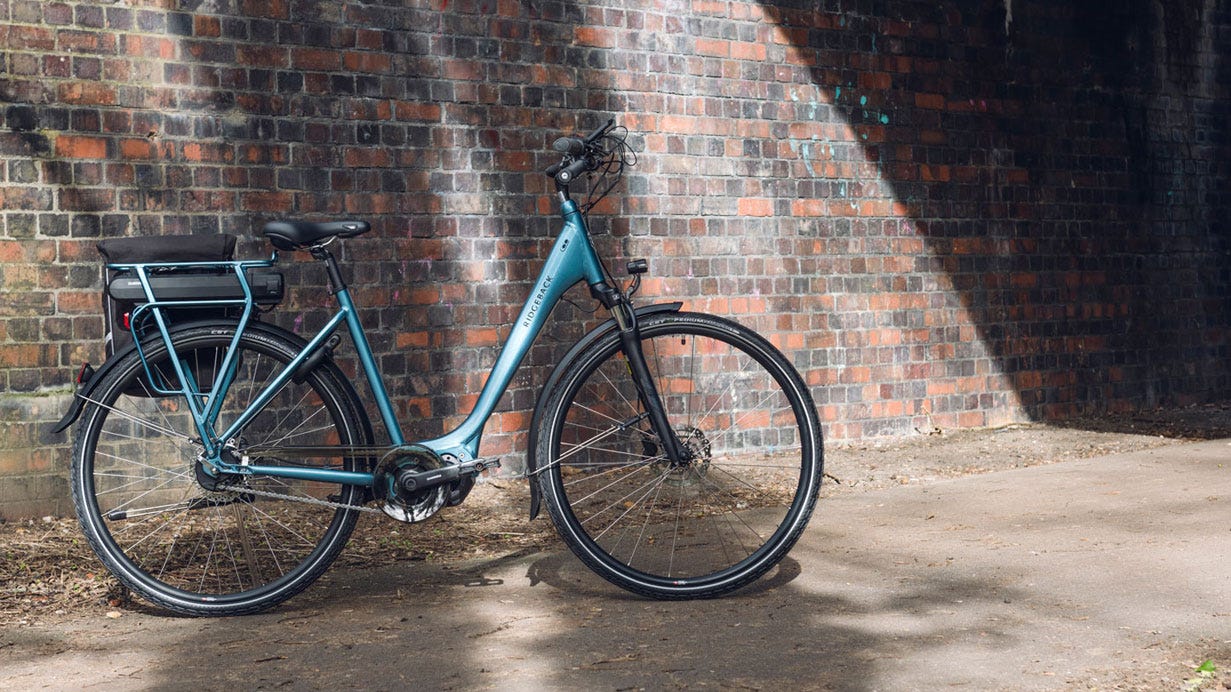
These are daunting questions that are often difficult to answer by just looking at a spec sheet alone. Worry not, however, for we’ve put together this extensive buyer’s guide to help you find that perfect electric bike – one that’ll give you the boost you’ve always needed to conquer a certain climb, trail or long commute.
From all the different types of e-bike, to in-depth tech talk concerning motors and batteries, we’ve got it covered right here in our electric bike buyer’s guide…
What Puts The 'E' In E-Bike?
E-bikes are normal, conventional bikes that have been stepped up a notch, or ‘supercharged’, with the addition of a battery and motor. These electric extras help to give the rider up top a much needed boost, whether that’s to make climbing easier, or accelerating away from traffic lights faster.
An e-bike isn’t just an electric scooter, in fact, the two differ massively. To be road legal in the UK an e-bike has to have pedals that can propel the bike – that’s why they’re often referred to as ‘electric-assist’ bikes, rather than ‘electric-powered’ bikes.
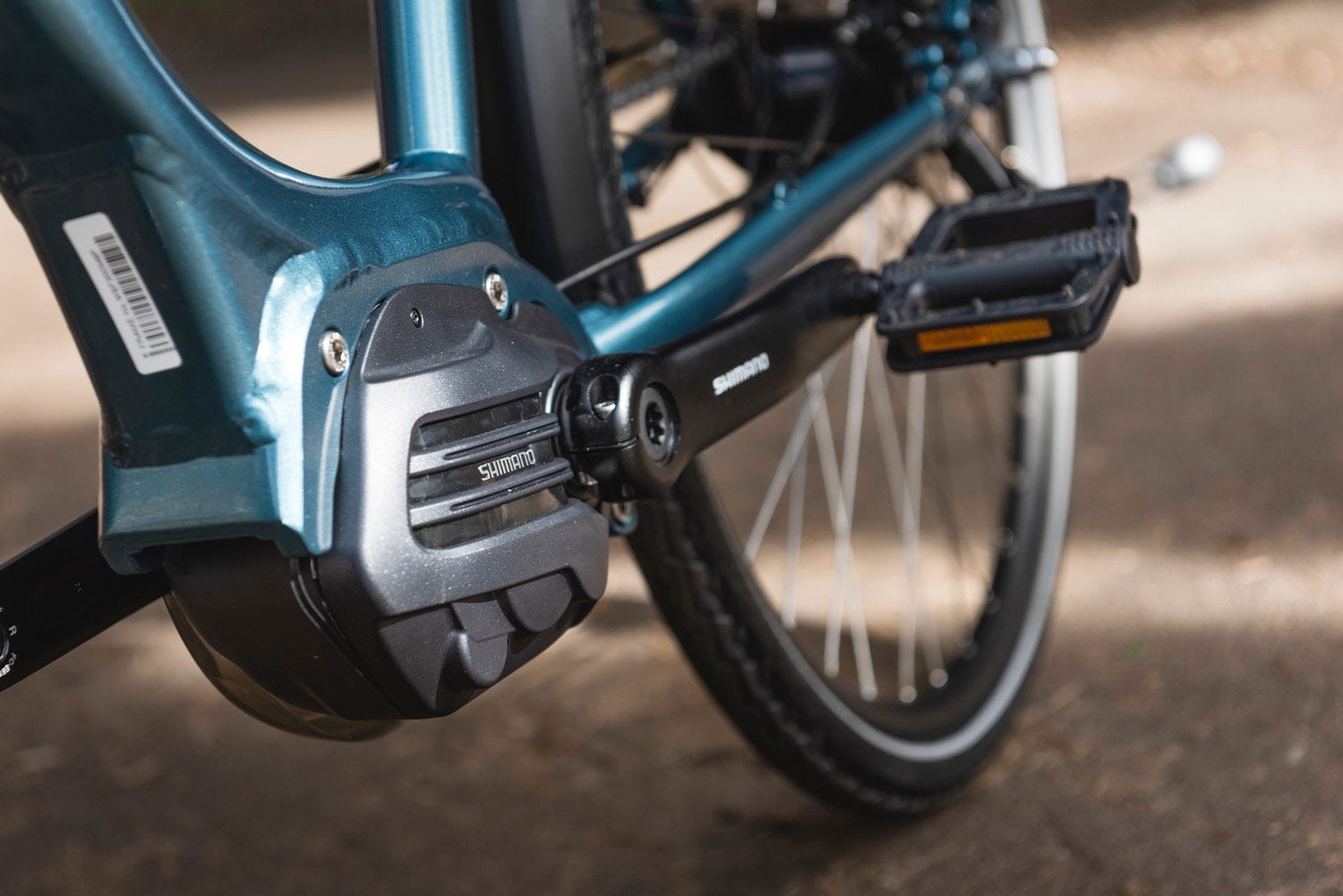
As long as the motor doesn’t kick into action or provide any electric assist when you’re travelling at more than 15.5mph (25km/h) and puts out no more than 250 watts on its most powerful assist mode, it can be ridden on the roads without the need for a licence.
This makes e-bikes awesome commuters, as well as dedicated road and trail-hopping machines. But more on that later.
Why use an electric bike?
E-bikes are an awesome way for you to get out there and improve your fitness, especially if you’re not used to riding long distances, or you’re growing older and can’t put out the same power as before. Having a little extra assistance also means that less fit riders, or those hampered by injuries, can keep up on social group rides.
Not only do they help to improve your physical fitness, e-bikes also contribute positively to your mental wellbeing too. Meeting friends both old and new, while exploring the world by bike, is what cycling is all about – an e-bike can help you do exactly that.
Aside from improving your health, e-bikes are also fantastic, hassle-free commuters. There’s nothing worse than turning up to work in the morning out of breath and sweaty. E-bikes remove this problem thanks to their powerful motors and juice-filled batteries, allowing you to glide to work without ever having to break a sweat.
They’re also super fun off-road, giving you the boost you need to get to the top of a massive hill before barrelling down the other side. Too many days out at trail centres are spent lugging heavy bikes to the top of technical runs; you don’t have that problem with an e-bike by your side.
Types Of Electric Bikes
We’ve mentioned a few different types of e-bike in this guide already. Here are the big three in greater detail:
E-commuter
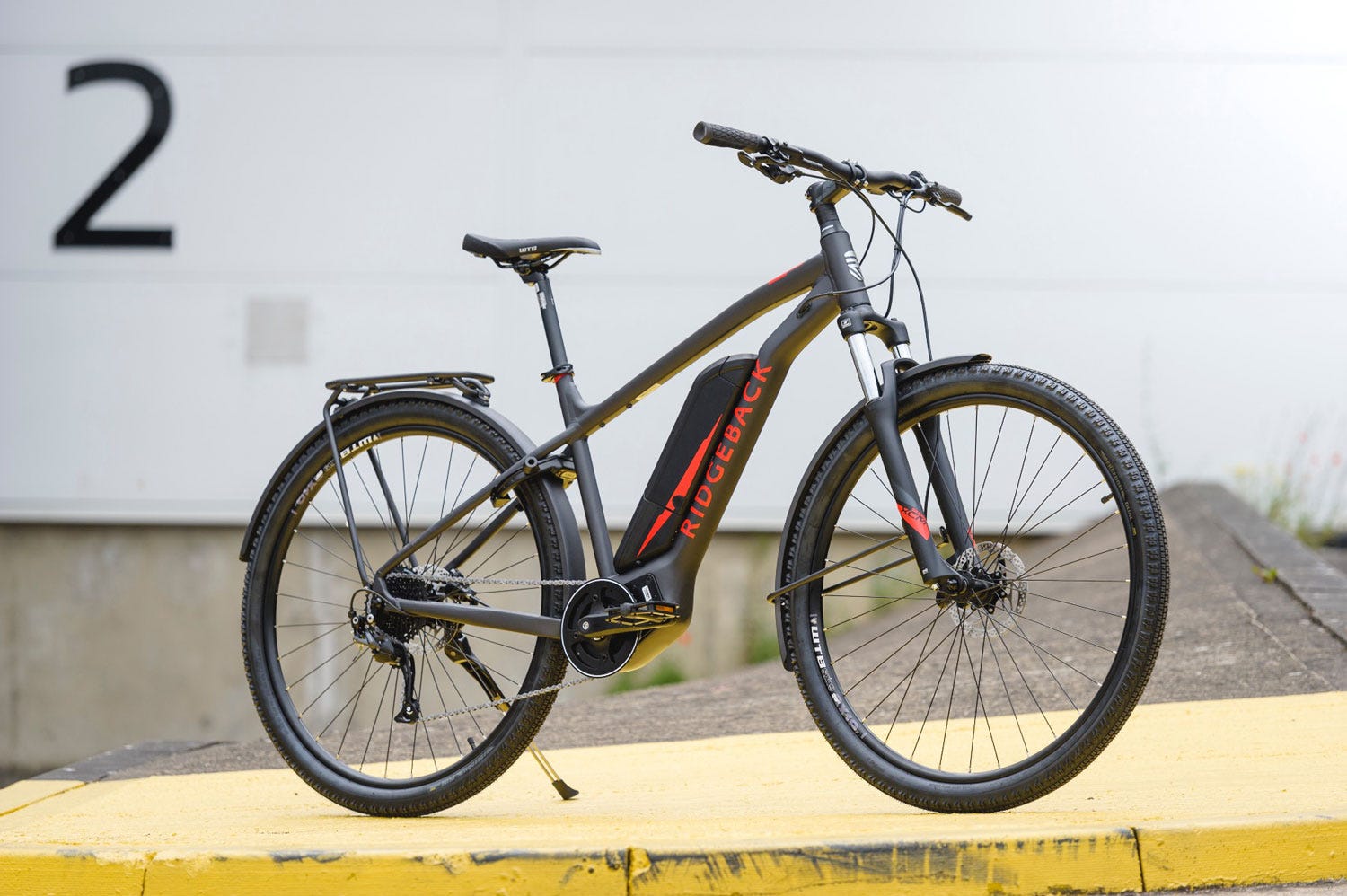
These flat bar bikes are designed for flying around urban areas and busy city streets. With comfortable, upright geometry, they’re ideal for long days in the saddle spent cycling to and from work. The batteries on them are often quite big and hold a lot of juice, allowing you to zip around the city completing errands all day on a single charge. They’re also easily removed, giving you the option to detach them and take them into work for a recharge.
A lot of e-commuters come complete with a rear rack and fitted mudguards, as well as a front headlamp linked up to the bike’s battery. These are commuting essentials that are only going to enhance your ride and make riding around the city safer and more fun.
Bikes like the Ridgeback Electron are brilliant city commuters or if your commute involves gravel tracks the Ridgeback Arcus is a great choice.
E-MTB
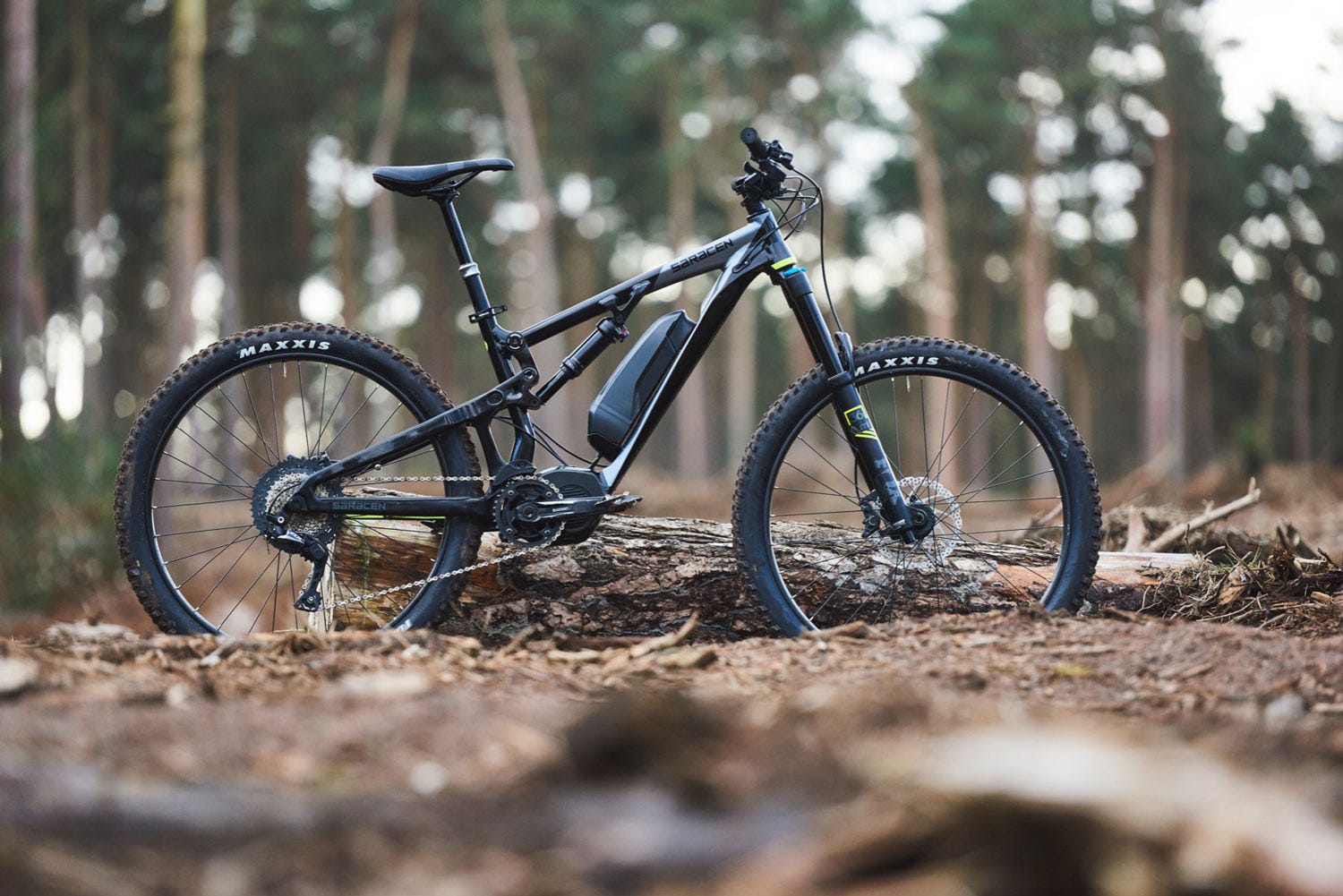
E-MTBs aren’t just incredibly fun for casual riders, pro enduro riders also use them too, especially in training so they can focus their effort on flying down the descents. While they may be a little heavier than normal MTBs, E-MTBs are just as confident when descending.
This extra weight matters little when you’ve got a powerful motor underneath you. As you approach a climb just choose an assist level and start pedalling – you’ll fly up the incline without having to expend any unnecessary effort. All of the energy you save can then be channelled into the more important stuff – like sending it down gnarly descents.
E-MTBs are serious machines and if you want to shred trails hard we would reccomend the Saracen Ariel E. If you are looking for something to hammer down bridle paths and don't need heaps of suspension then look no further than the Ridgeback X2.
E-Road
E-road bikes are incredibly efficient climbing machines, combining a lightweight design with a powerful motor to rocket up the world’s toughest and most gruelling climbs. They feature all the same aggressive road geometry as your average road bike, making them demon descenders and speed machines on the flat too.
These bikes are the perfect choice for older or less fit riders looking to join in with their local club and weekend group ride, giving them the power they need to ride with the fastest and fittest.
Finding The Perfect Size And Geometry
Finding an e-bike that fits you is crucially important, not only will it help you ride more comfortably, it’ll also help to deliver power to the pedals more efficiently. We have a rough size guide here to help make this an easy process.

Geometry is a little different to fit and something that you might just want to consider before choosing a certain size. Different frame geometries can change the size somewhat, so make sure you familiarise yourself with our geometry chart here.
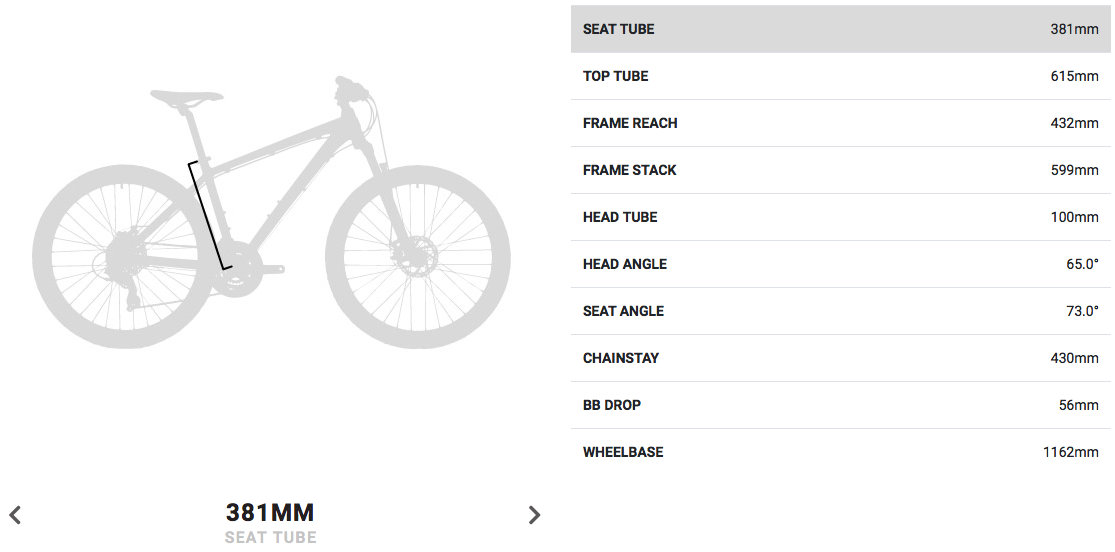
Batteries
The size and quality of an e-bike’s battery will ultimately determine how far it can travel on a single charge, and how far you can push the motor on certain sections of a tricky route. That makes interpreting a battery’s ratings incredibly important.
Most batteries are given a power rating in Wh – Watt hours – which can give you an idea of how far your bike will travel on a single charge using full assist mode. To work out this range, you can divide a battery’s capacity in Wh by 20 to get a rough estimate.
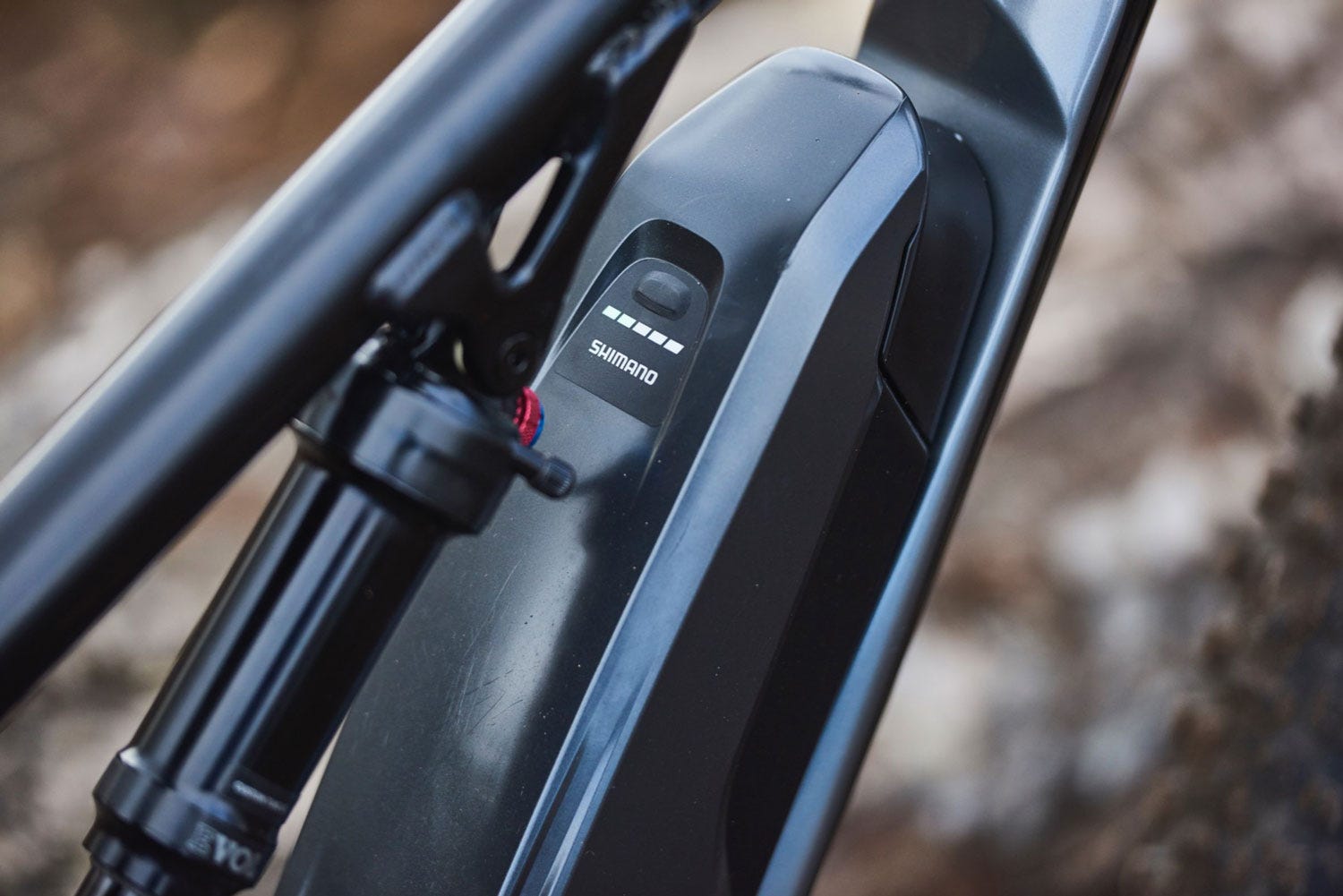
For example, you can expect to get around 20 miles from a 400Wh battery using full assist mode.
Do take these estimates with a pinch of salt however, these are back of the envelope calculations after all. They don’t take into account variables like wind, hills, rough terrain or increased load on the bike – all of these will affect a battery’s performance.
Most e-bikes come complete with a heads-up LCD display on the bars which will show you your battery’s charge level as you ride, telling you just how much, or how little, you have left to get you home. These little screens will also show you other handy metrics like power outputs, assist levels, speed, time and distance, plus a whole lot more.
Recharging your battery after a long day’s ride is incredibly simple, just remove it from the frame and plug it into any mains power socket. Charging times may vary depending on the type of battery on your bike, but most modern e-bike batteries take just three to four hours to fully recharge.
Motors – crank vs hub drive
An e-bike’s battery only makes up half of its ‘electric-assist’ abilities, the rest comes from its motor. There are two main types of motors mounted on e-bikes nowadays, crank drives or hub drives. Here at Freewheel, all of our e-bikes are powered by crank drive motors that are considered the superior of the two.
Crank drive motors replace a bike’s standard crankset and deliver power directly to the chain. The motor works in tandem with the bike’s gears, allowing it to maintain an optimal RPM, even on steep, lung-busting climbs. An optimal RPM dramatically increases power transfer efficiency – great news for those looking to conquer short, steep climbs. A more power efficient motor can therefore be made smaller and make the bike lighter in the process, a win-win scenario.
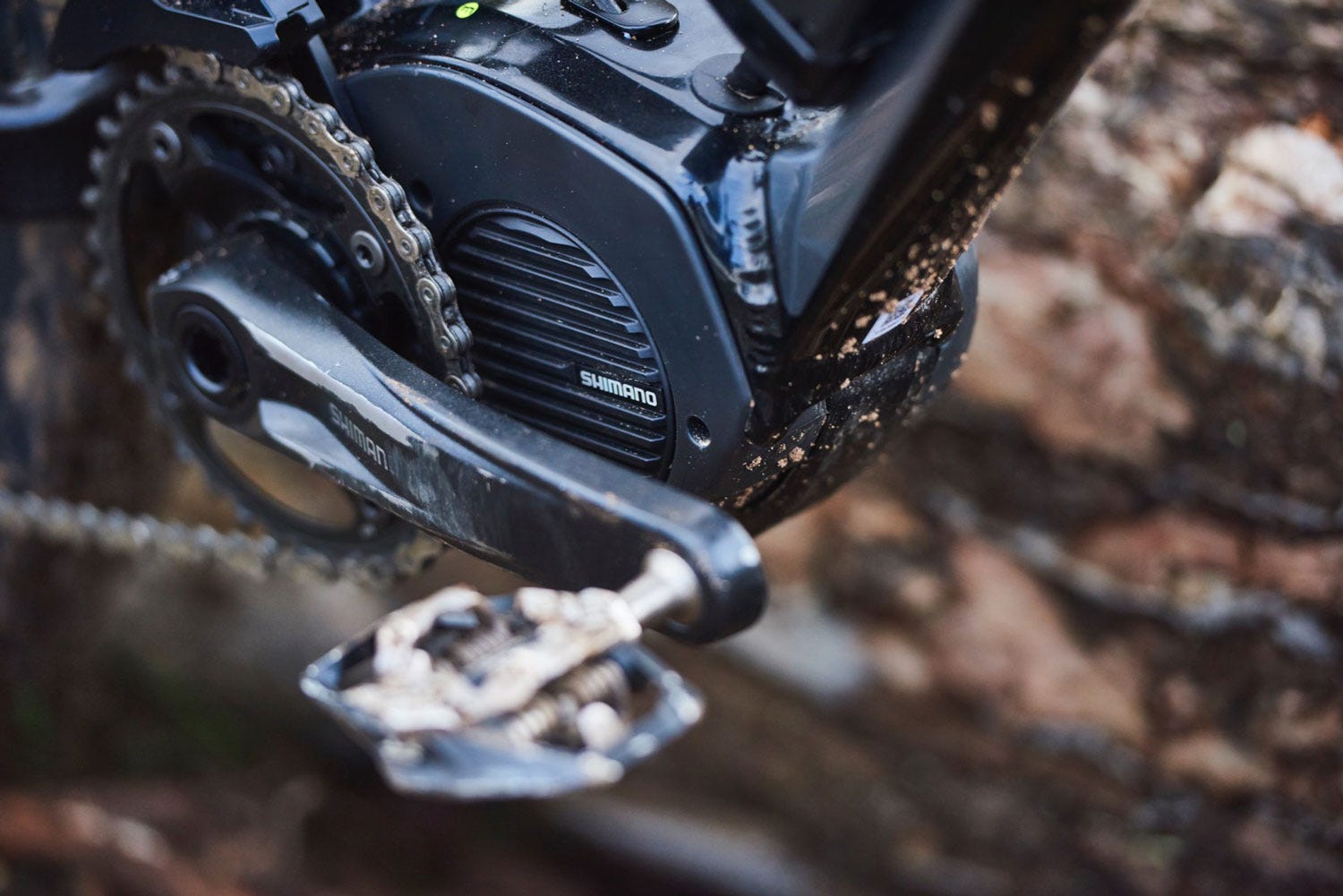
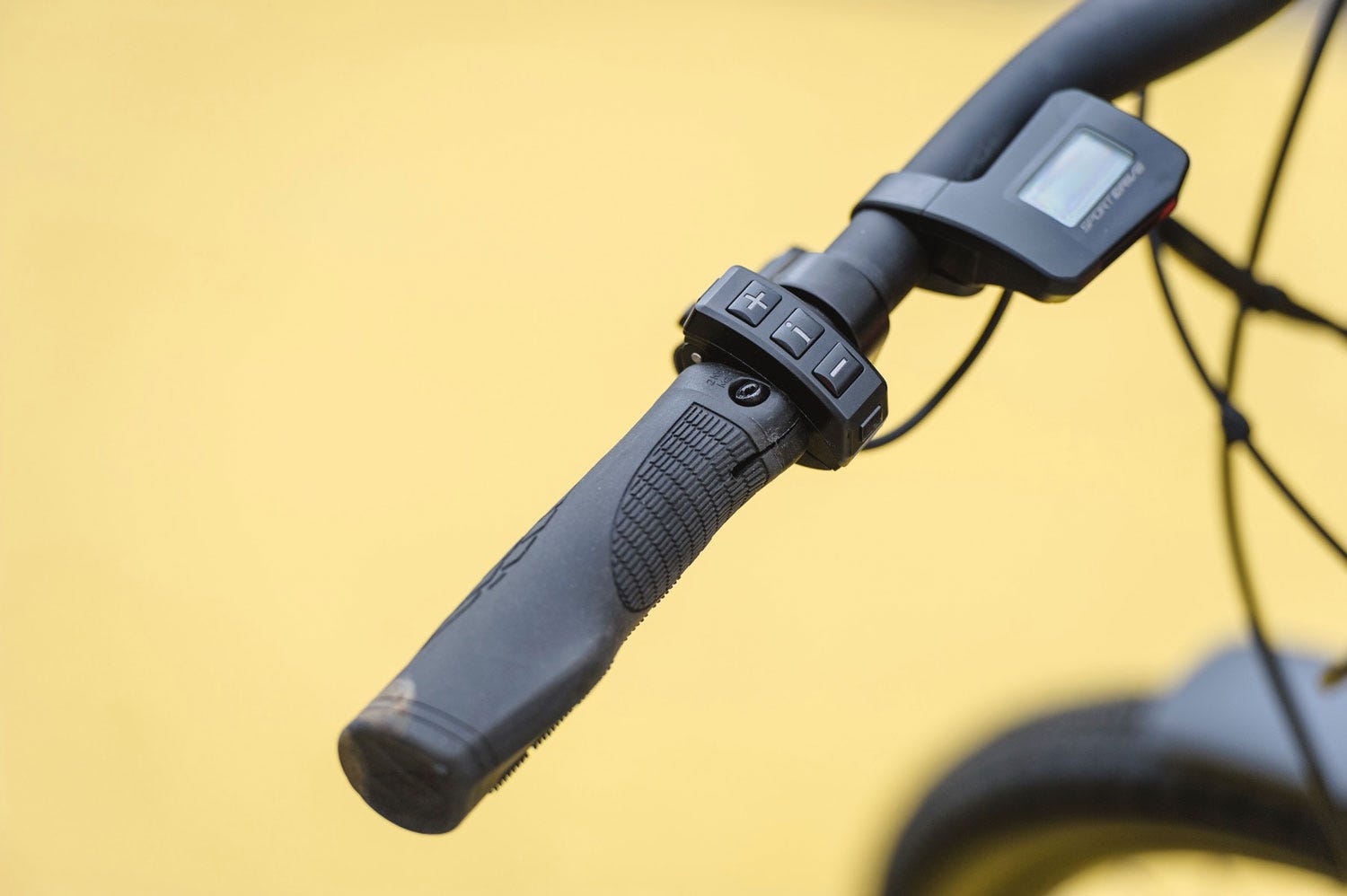
These kinds of motors are generally more efficient than hub drives and since they’re mounted centrally and low on the bike – in the bottom bracket area – they improve the bike’s centre of gravity and therefore make it easier to handle.
On every e-bike you’ll have different assist levels to choose from, each of which dictate how much power, or assist, you get from the motor. Remember, the higher the assist level, the shorter the bike’s range so if you’re planning a longer journey be wise and use the full assist mode sparingly. On Shimano's Steps system, for example, there are three modes with varying levels of power assist and battery economy and on Shimano's E-MTB system there is even a customisable mode so the rider has complete control over the motor in every situation.
E-Bike Maintenance
One of the common misconceptions regarding e-bikes is that they’re notoriously difficult to maintain and repair, needing expensive assistance and help from professionals to keep them running smoothly.
This isn’t the case – e-bikes are just as durable as normal bikes, meaning only a periodic service of the bike’s main mechanical parts like the chain, gearing and brakes is the only thing you really need to do. If you do have a mechanical that is too much for yourself to handle, or your motor or battery has packed in and needs a service, then don’t be afraid to bring the bike down to one of our stores and get it checked out by our mechanics.
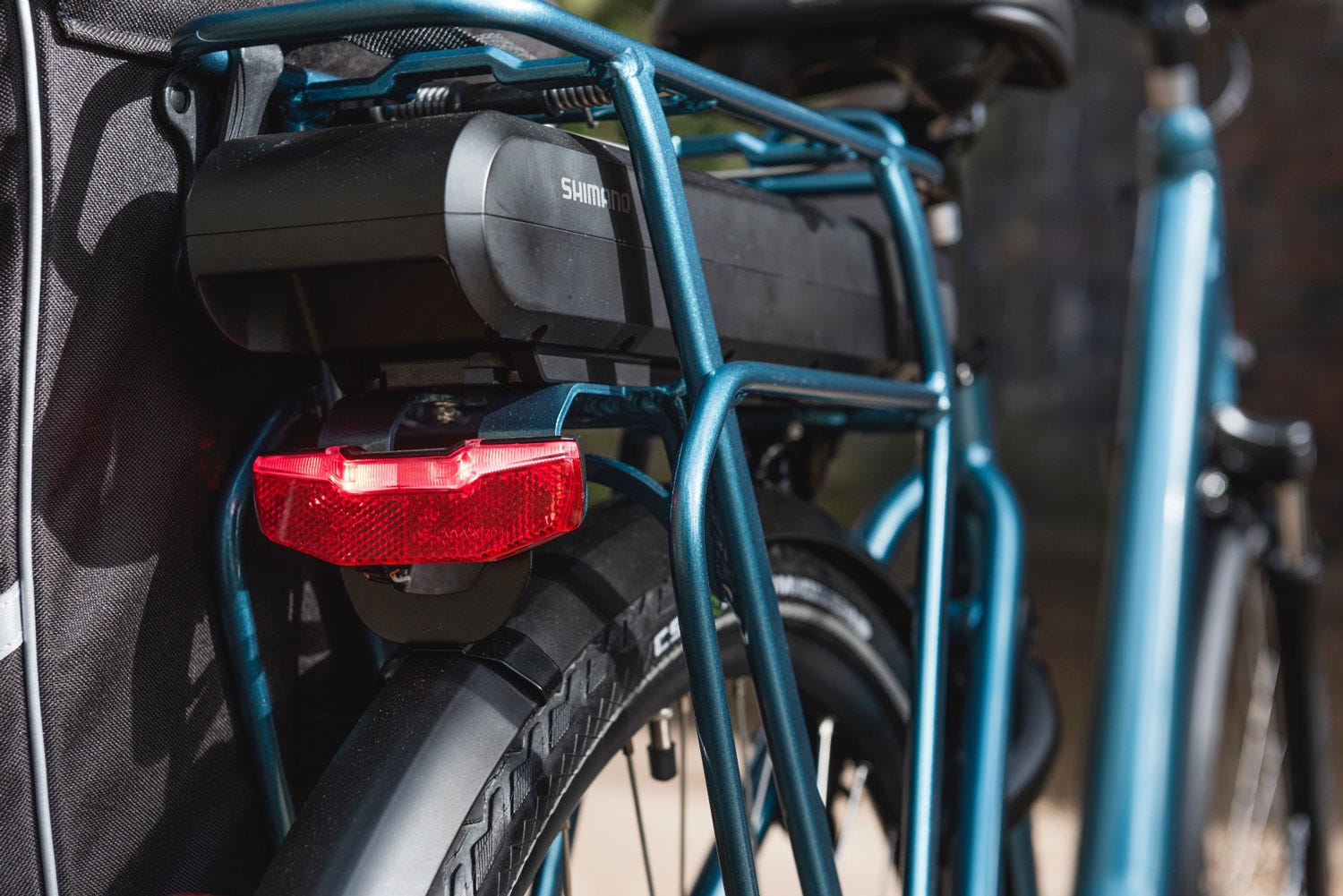
Do your research
Spending time researching your e-bike choices is half of the fun when it comes to buying a new two-wheeled machine. Pitting e-bikes against one another will help you to find the one that’s most suited to your riding style. It’ll also help you to decide which features and components you want on your bike, and which ones you don’t.
The more time you spend deliberating, the more informed a decision you’re going to make. Finding the perfect e-bike doesn’t happen overnight, but with this extensive buyer’s guide at your disposal, it won’t be long now until you discover your dream e-bike. Happy riding.
Be sure to take a look at our wide range of electric bikes, there’s definitely one there with your name on!
